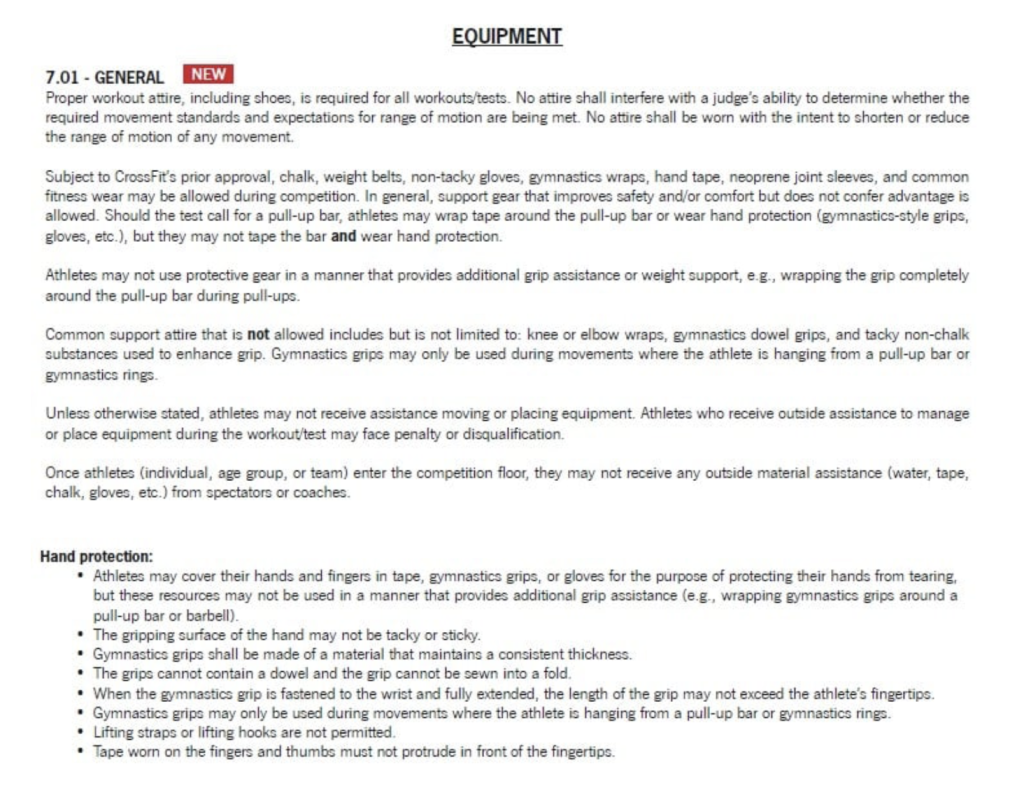
In the world of CrossFit, athletes are always looking for ways to enhance performance, boost grip strength, and reduce hand fatigue during intense workouts. One popular tool that became a hot topic of debate is rubber grips. These innovative accessories are designed to provide a non-slip grip on bars and barbells, making them invaluable for movements like pull-ups, toes-to-bar, and deadlifts.
However, rubber grips didn’t come without controversy. In a surprising decision, CrossFit HQ banned them from official competitions, deeming them an unfair advantage. The ban caused a major backlash within the CrossFit community, leading to heated debates online and among athletes. Eventually, the decision was reversed, and rubber grips were reinstated. So why were they banned in the first place, and what led to the change of heart? Let’s dive in.
Why Were Rubber Grips Banned from CrossFit Competitions?
The controversy started when CrossFit HQ announced that rubber grips would no longer be allowed in official competitions. The reasoning was simple: rubber grips were seen as giving athletes an unfair competitive edge. Due to their sticky, non-slip surface, they significantly reduced grip fatigue. This allowed athletes to perform more reps without losing their hold.
Critics argued that using rubber grips contradicted the foundational principles of CrossFit, where raw strength and endurance are tested without excessive aid from equipment. The decision aimed to level the playing field and ensure that athletic performance was based purely on natural ability and training, not enhanced by equipment.
Backlash from the CrossFit Community
As soon as the ban was announced, CrossFit athletes and coaches voiced their opinions online and in gyms worldwide. Social media platforms were flooded with debates, with some supporting the decision and others calling it unfair and inconsistent.
One major point of contention was that other grip aids, such as gymnastic grips and chalk, were still permitted. Many athletes questioned why rubber grips were targeted while other aids remained legal. They argued that the ban felt arbitrary and unnecessary, especially given how vital hand protection is during high-volume workouts.
Why CrossFit Reversed the Ban on Rubber Grips
After months of ongoing discussions and listening to athlete feedback, CrossFit HQ made the decision to lift the ban. The organization acknowledged that the original ruling might have been too restrictive and didn’t fully consider the practical needs of athletes.
The decision to reinstate rubber grips was based on several key factors:
- Community Feedback: A significant number of athletes and coaches voiced their support for rubber grips, emphasizing that they were a practical solution to hand fatigue and callus tearing.
- Lack of Competitive Advantage: Further analysis showed that while rubber grips enhanced grip, they did not provide a massive competitive edge over other legal grip aids.
- Consistency with Other Aids: With other aids like gymnastic grips and chalk still allowed, it seemed inconsistent and unfair to ban rubber grips specifically.
By reversing the ban, CrossFit HQ demonstrated its commitment to listening to the community and making decisions that align with both athlete needs and the integrity of the sport.
The Benefits of Rubber Grips for CrossFit Athletes
Rubber grips have remained popular in CrossFit training and competitions, and for good reason. Here’s why athletes continue to rely on them:
- 💪 Enhanced Grip Strength: The non-slip material allows for a stronger hold on bars and barbells, reducing the risk of slipping during high-rep movements.
- 👐 Reduced Hand Fatigue: Rubber grips help prevent hand fatigue by minimizing strain on the forearms and fingers.
- 🛡️ Protection from Tears: These grips act as a protective barrier, reducing the likelihood of developing painful blisters and calluses.
- 🔥 Improved Performance: Athletes can maintain their form and technique without worrying about grip failure mid-set.
- ✔️ Versatile Use: Great for pull-ups, toes-to-bar, deadlifts, kettlebell swings, and more.
Final Thoughts: Are Rubber Grips Worth Using in CrossFit?
The reversal of the CrossFit rubber grip ban was a win for athletes who value performance and hand protection. While the debate highlighted the fine line between athlete safety and maintaining fair competition, the final decision reflects CrossFit’s willingness to adapt to evolving training practices.
For those serious about improving grip strength and maintaining hand health during intense workouts, rubber grips remain a practical and valuable tool. Whether you’re training for a competition or just pushing your limits in the gym, these grips can make a significant difference.
If you’re looking for the best rubber grips to enhance your performance, be sure to choose high-quality, durable options that can withstand even the toughest WODs. Your hands (and your PRs) will thank you!

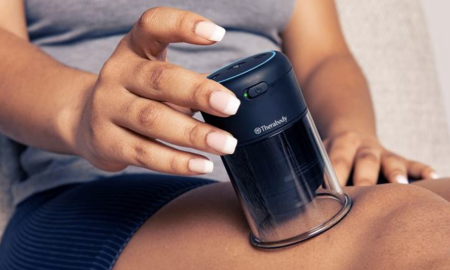
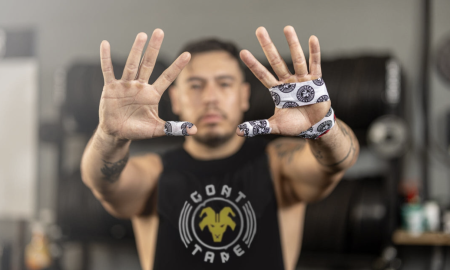
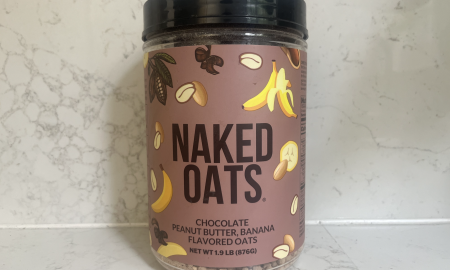
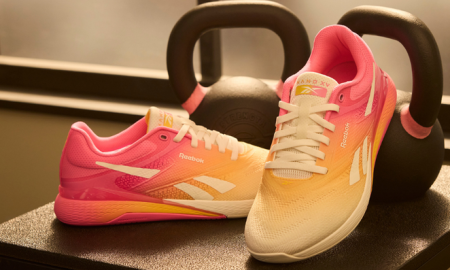






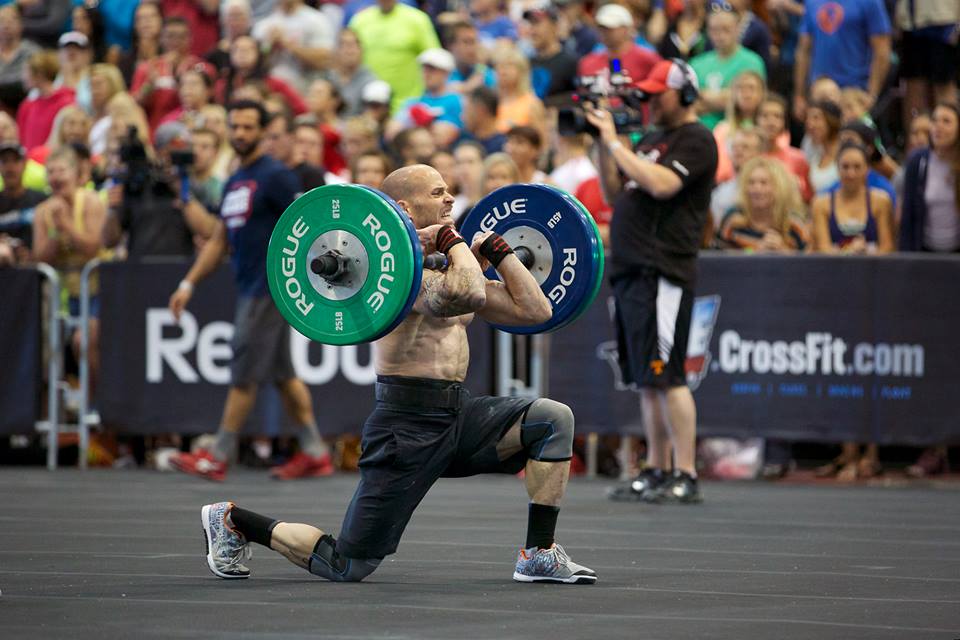





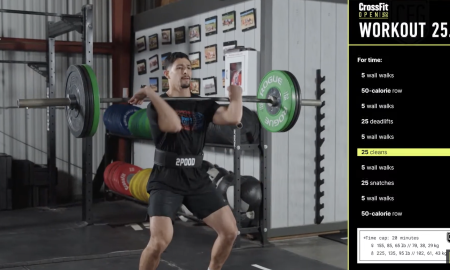
Follow Us